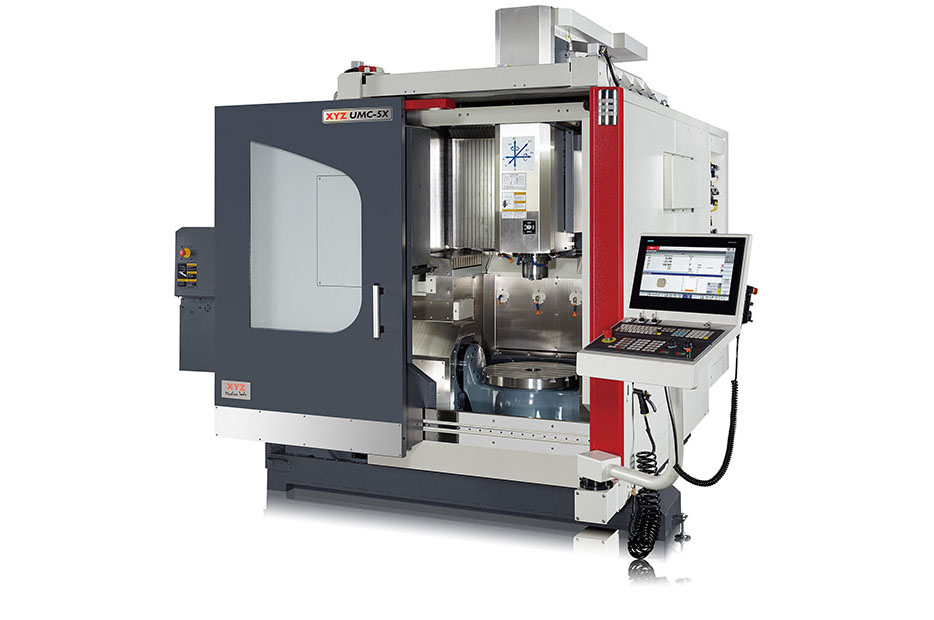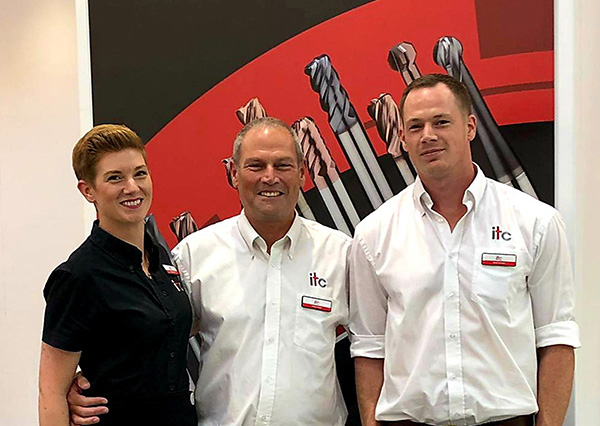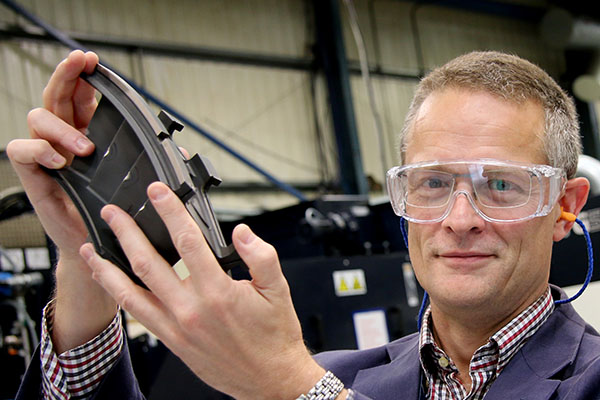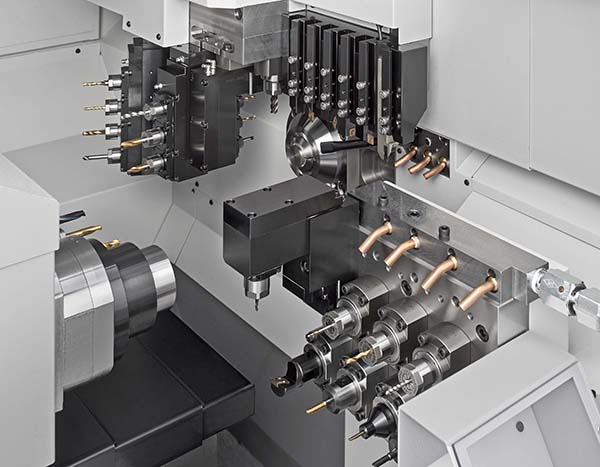XYZ Machine Tools is hosting a seminar to highlight the future of five-axis machining and robotic machine tending in collaboration with the MTC (Manufacturing Technology Centre) in Coventry on 17 October.

The event will include presentations from leading figures involved in five-axis machining and robotics. Speakers will include: James Selka, chief executive at the Manufacturing Technologies Association; Mike Wilson, managing director at Kuka UK; MTC chief engineer – intelligent automation, Jeremy Hadall; Paul Stout, managing director of Adelphi Automation; Juan Martin, European five-axis technical director at Buffalo Machinery; and Jonathan Theobalds, managing director at Rivercircle.
Demonstrations will also be carried out on the new robot-centred XYZ Robo-Tend mobile machine tool automation system, as well as the XYZ UMC-5X simultaneous five-axis machining centre. The day will be split into two session, morning (09:00) and afternoon (12:00), so visitors have a choice of which to attend.
For further information www.xyzmachinetools.com























